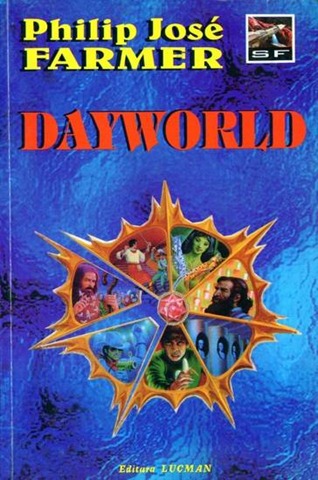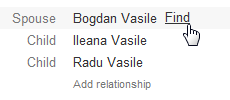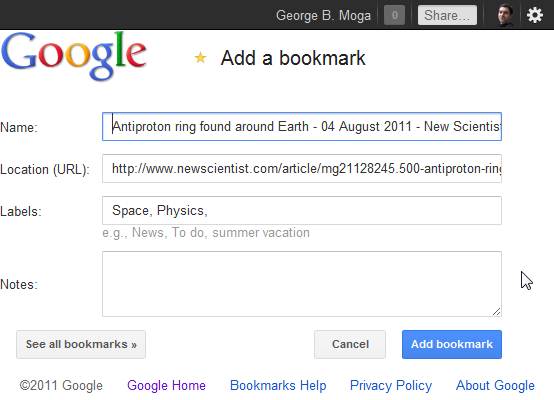One of the more obvious – and hard to overcome – obstacle to worldwide connections is the language barrier. It looks like, together with the many changes released not long ago, Facebook is starting to tackle it in their quest to become people’s preferred communication channel. I noticed today a new option ‘Translate’ on status updates besides ‘Like’ and ‘Comment’. As far as I can tell, it’s currently available only on content published by pages. And not all pages show the link – my guess it’s that Facebook uses an internal setting for the page language to offer translation only for pages publishing in another language than the Facebook interface. And, sure enough, after switching to the Romanian interface I started to see the link on the pages that publish in English. The mechanism is not full-proof: some updates have the option in either interfaces, others in none, while another set has the link, but the translation fails if you try. Given the cold relationship between Facebook and Google, it’s probably safe to assume the new feature doesn’t use Google Translate (It’s “Powered by Bing”, of course!). It will be interesting to see if translation will be extended to the updates shared by friends or if the option will remain the privilege of bigger publishers who opted to create pages – it will surely make it easier for them to reach out to a wider audience with less effort.
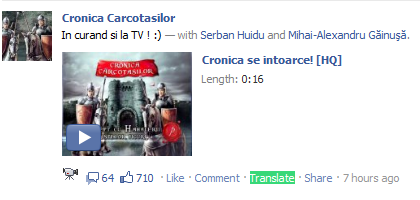
Update: The translation feature is available for comments on status updates from Pages as well!

 A couple of weeks ago I had a small problem with Twitterfeed; one of the actions I had setup was to post new book reviews to my secondary
A couple of weeks ago I had a small problem with Twitterfeed; one of the actions I had setup was to post new book reviews to my secondary 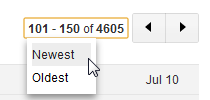 After the
After the  And while on the subject of things discovered by accident, the same day I saw that the
And while on the subject of things discovered by accident, the same day I saw that the 